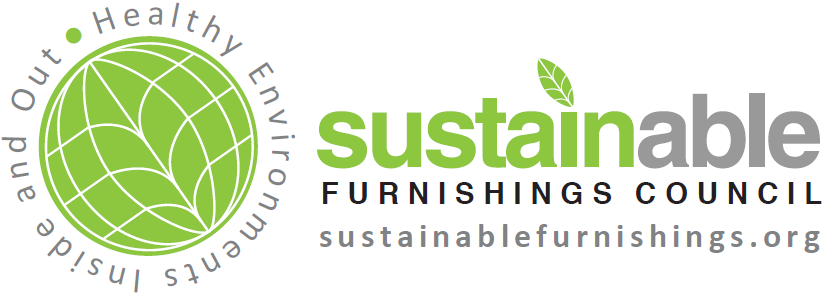
You are here
Lenzing Fibers
Best Practice Achievements
Carbon Reduction to Carbon Zero
Lenzing became the world’s first producer of wood-based cellulosic fibers making a strategic commitment to cut its CO2 emissions per ton of product by 50 percent by 2030. This target has been scientifically verified and approved by the Science Based Targets initiative. Furthermore, Lenzing aims for Net-Zero emissions by the year 2050. In 2020, Lenzing introduced the carbon-free fiber, True Carbon Zero Tencel.
Learn more here: https://www.tencel.com/true-carbon-zero
Traceability
Lenzing follows a three-pillar approach to a more sustainable and more transparent supply chain: fiber identification system, blockchain and supply chain collaboration and planning. Combining these different approaches assures a high degree of transparency and verifies the origin of Lenzing fibers throughout the supply chain up to the final garment. Since 2019, Lenzing has been using the blockchain technology powered by the Hong Kong start-up TextileGenesis™ to ensure the traceability of textiles from fiber to production and distribution. After several successful pilot projects, the digital platform was launched on 5 November for TENCEL™ and LENZING™ ECOVERO™ branded fibers. The platform provides customers and partners as well as consumers with an overview across the entire textile supply chain.
Circularity
Lenzing’s products are made from the renewable raw material wood, which is sourced from sustainably managed forests and plantations. Lenzing’s fibers are compostable and biodegrade at the end of their use. Thus, the material loop closes and aligns with the biological cycle.
To address the enormous textile waste challenges of industry and society, Lenzing has developed a unique upcycling technology branded TENCEL™ x REFIBRA™. This technology utilizes pre-consumer cotton scraps and post-consumer garments from the textile value chain as raw materials.

